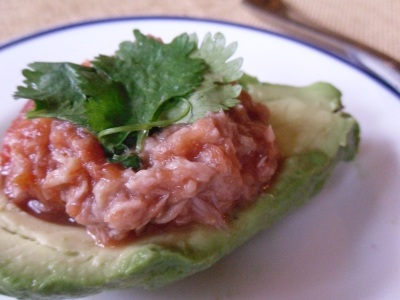Buckwheat Soba Noodles with Peanuts & Lime
with red cabbage, broccoli, carrots, & mint
Don’t get stuck in a whole-wheat pasta rut. While whole-wheat is certainly a step up from refined pasta for Italian pasta dishes (whole-grains are higher in fiber and nutrients), Buckwheat soba noodles are a delicious alternative to use as a base for the fresh flavors of Asian cuisine. Buckwheat–despite the misleading name–isn’t actually related to wheat. (In fact, it’s more closely related to Rhubarb!) Buckwheat soba noodles high in protein, antioxidants, and are naturally gluten-free, but check labels carefully to make sure that wheat was not also added to the noodles if you have a wheat allergy.
Ingredients
-Buckwheat soba noodles (about 2 oz per person)
-Fresh broccoli
-1 whole large onion
-4 cloves fresh garlic
-1/4-1/3 head of fresh red cabbage shredded
-2 large carrots shredded
-2 fresh limes
-2 tbsp Terkiaki sauce (reduced sodium if possible)
-4 tbsp your favorite Peanut Sauce
-3/4 cup blanched, shelled (unsalted) peanuts- to add to taste on top of individual portions
-3 tbsp canola oil
-Fresh mint leaves (optional)
-Sesame seeds (optional)
-4 oz Protein–lean meat, tofu, or seitan– fully cooked and sliced very thin
Methods
1) Place protein in a sealed container or bag with 1-2 tbsp marinade and leave in fridge for 20-30 minutes. Cook meat or vegetarian protein (tofu or seitan work well) as desired using some of the peanut sauce or terkiaki sauce as marinade. For tofu or seitan, you can easily add these to a stir-fry pan and cook with 1 tbsp oil. For chicken, you can bake thinly cut chicken breast slices for about 30 minutes at 350°F. For beef (lean and 100% grass-fed), use stir-fry cut strips and cook in stir-fry pan the same way you would cook your tofu.
2) Begin boiling water in large pot for pasta, following the soba noodle’s instructions on the package (cooking instructions vary by brand and number of servings). Chop onion into fine pieces and add to large stir-fry pan with canola oil. Cook on high heat, stirring frequently. Mince garlic and add to pan, reducing heat to medium.
3) Chop, shred, and slice remaining vegetables and add these to pan stirring frequently. (Add broccoli last). After approximately 5 minutes add in terkiaki and peanut sauce.
4) Once water has boiled, add pasta and cook according to directions on box. Once cooked, strain pasta and combine in large bowl with cooked vegetables. Slice 1 lime and squeeze juice into bowl. Mix well. Slice remaining lime to add a slice as an accent to each plate so that guests can enjoy as desired.
5) Serve hot. Garnish with fresh mint leaves and sesame seeds and top with 1-2 tbsp peanuts. Pairs well with green tea.




